If you’ve landed on this post then you probably have the same problem that I had for many years: finding plants that do well on a north-facing balcony.
When I bought my apartment its position didn’t even cross my mind and oh boy how I regretted this in the years to come. This is because my living room is facing northeast, having the windows and the balcony oriented mostly towards the north.
Things are made even worse by the fact that my balcony is fairly big (around 7m2 or 11 ft²) and it’s covered. In summer the light conditions are barely ok in the living room, while I spend most of my winters with all lights on.
Of course, the fact that my balcony is facing north also poses a problem in terms of what I can actually grow on it.
Everything is basically in full shade, except for a corner that gets sunshine for about 1.5 – 2 hours in the morning. The plants that sit on the window sill receive indirect light (reflected from the buildings around), but pots sitting on the floor are not as lucky.
While it took some years and a bit of trial and error, in the end, I did manage to find some plants that seemed to thrive on my north-facing balcony. So read on to find out which they are.
A north facing wall can be a challenging place to grow plants. With less direct sunlight and colder temperatures, many plants simply won’t thrive. But don’t let a north facing wall deter you from creating a beautiful garden! With the right plant selections, you can cultivate a stunning display.
In this article, we’ll explore 12 of the best plants for a north facing wall. From lush evergreens to cascading vines, these plants are cold hardy and can flourish in shady conditions.
Why North Facing Walls are Challenging for Plants
Before jumping into the plant picks, let’s look at why north facing walls and fences present unique challenges:
-
Less Direct Sunlight – With no southern exposure north facing walls only receive indirect sunlight. This limits the plants that can survive and thrive.
-
Colder Temperatures – Walls facing north don’t benefit from sun warmth, This makes the microclimate along a north wall noticeably cooler,
-
Dry Soil Conditions – Eaves from the house often block rainfall from reaching the soil along a north facing wall. Dry soil is another challenge for plants to overcome.
-
Limited Plant Choices – Due to the shade, colder temperatures, and potential for dry soil, plant options are more limited compared to other exposures.
By choosing plants well adapted to these growing conditions, it is possible to have a beautiful and lush garden – even along a north facing wall.
12 Best Plants for a North Facing Wall
1. Japanese Spurge (Pachysandra terminalis)
This low-growing evergreen groundcover thrives in shade and handles dry soil quite well. Japanese spurge grows 6 to 12 inches tall and spreads readily, making it a great option for blanketing the ground along a north facing wall. The subtle white flowers in spring are a nice bonus.
2. Coral Bells (Heuchera)
Available in a diverse range of leaf colors and textures, coral bells offer versatility. These mounding perennials reach 1 to 2 feet tall. Varieties with yellow, chartreuse, or purple foliage brighten up shady spots. Red blooms appear on tall stems in late spring.
3. Hosta
No list of plants for a north facing wall would be complete without hostas. With Hundreds of varieties to choose from, hostas provide diverse textures, shapes, and colors. Plant height ranges from 5 inches to 5 feet. Just beware of slugs!
4. Astilbe
Astilbe produces airy plumes of flowers in white, pink, red, or purple. These moisture-loving perennials thrive in part to full shade. They grow 1 to 3 feet tall depending on variety. Astilbe looks particularly striking planted en masse along a wall or fence.
5. Ferns
Delicate-looking yet hardy, ferns are ideal for a north facing wall. They thrive in cool, damp shade. Choose from a wide array of ferns in varying sizes, shapes, and textures. Japanese painted ferns (Athyrium niponicum var. pictum) and autumn ferns (Dryopteris erythrosora) are two fine options.
6. Bleeding Heart (Lamprocapnos spectabilis)
A garden classic, bleeding heart produces dangling pink and white heart-shaped blooms in late spring. After flowering, the foliage fades away, making bleeding heart perfect for pairing with hostas or astilbes. Give this perennial rich, evenly moist soil.
7. Kirengeshoma (Kirengeshoma palmata)
Also called yellow waxbells, kirengeshoma is a clump-forming perennial that reaches 3 to 4 feet tall. Arching stems bear maple-shaped leaves and pretty bell-shaped yellow flowers in late summer. This plant thrives in moist, organic soil.
8. Lenten Rose (Helleborus)
Early spring bloomers, Lenten roses flower for weeks before most plants even wake up. The leathery evergreen leaves remain attractive all year. Give Lenten roses a spot with dappled sunlight and well-drained yet moist soil. They grow 15 to 18 inches tall.
9. Sweet Woodruff (Galium odoratum)
A lovely groundcover for dry, shady spots, sweet woodruff grows 6 to 12 inches tall. The whorls of narrow leaves remain attractive all season long. In spring, small white star-shaped flowers appear. When crushed, the foliage releases a sweet hay-like fragrance.
10. Deadnettle (Lamium)
Available in a range of leaf colors like silver, yellow, and purple, deadnettle thrives in shade and dry soil. Blooming in spring and early summer, deadnettle grows just 6 to 8 inches tall but spreads readily. Use it as an attractive groundcover along walkways or walls.
11. Lenten Rose (Helleborus)
Typically the earliest perennials to bloom, Lenten roses provide a welcome burst of color in late winter and early spring. The leathery, evergreen foliage remains attractive year round. Give Lenten roses moist yet well-drained soil and dappled sunlight. They grow 12 to 18 inches tall.
12. Euonymus (Euonymus fortunei)
An evergreen vine, euonymus can be grown as a groundcover or trained to climb a wall. Varieties like ‘Emerald Gaiety’ offer colorful silver and green variegated foliage. Euonymus thrives in shade and handles a range of soil conditions. It’s even tolerant of urban pollution.
Final Thoughts
While a north facing wall presents unique challenges, with the right plant choices you can create a lush garden display. Focus on shade-loving plants that tolerate cool temperatures. Evergreen shrubs, hardy perennials, and spreading groundcovers are all excellent options. With a variety of textures, colors, and forms, these plants for north facing walls will create stunning interest and beauty.
:max_bytes(150000):strip_icc()/best-shade-plants-to-grow-on-a-north-facing-wall-4767396-hero-6812611035f24fa99464b59b665dfdb5-80a4fceed37d465d859c0c017c0bbf98.jpeg)
0 Star Jasmine (Trachelospermum Jasminoides)
A fairly new addition to my balcony, Trachelospermum Jasminoides is not a true Jasmine, but it smells equally wonderful. It’s a fast-growing vine that tolerates part shade well.
Due to its pot size, I cannot place it on the window sill, so it doesn’t even get a lot of indirect sunlight, yet that doesn’t stop it from blooming.
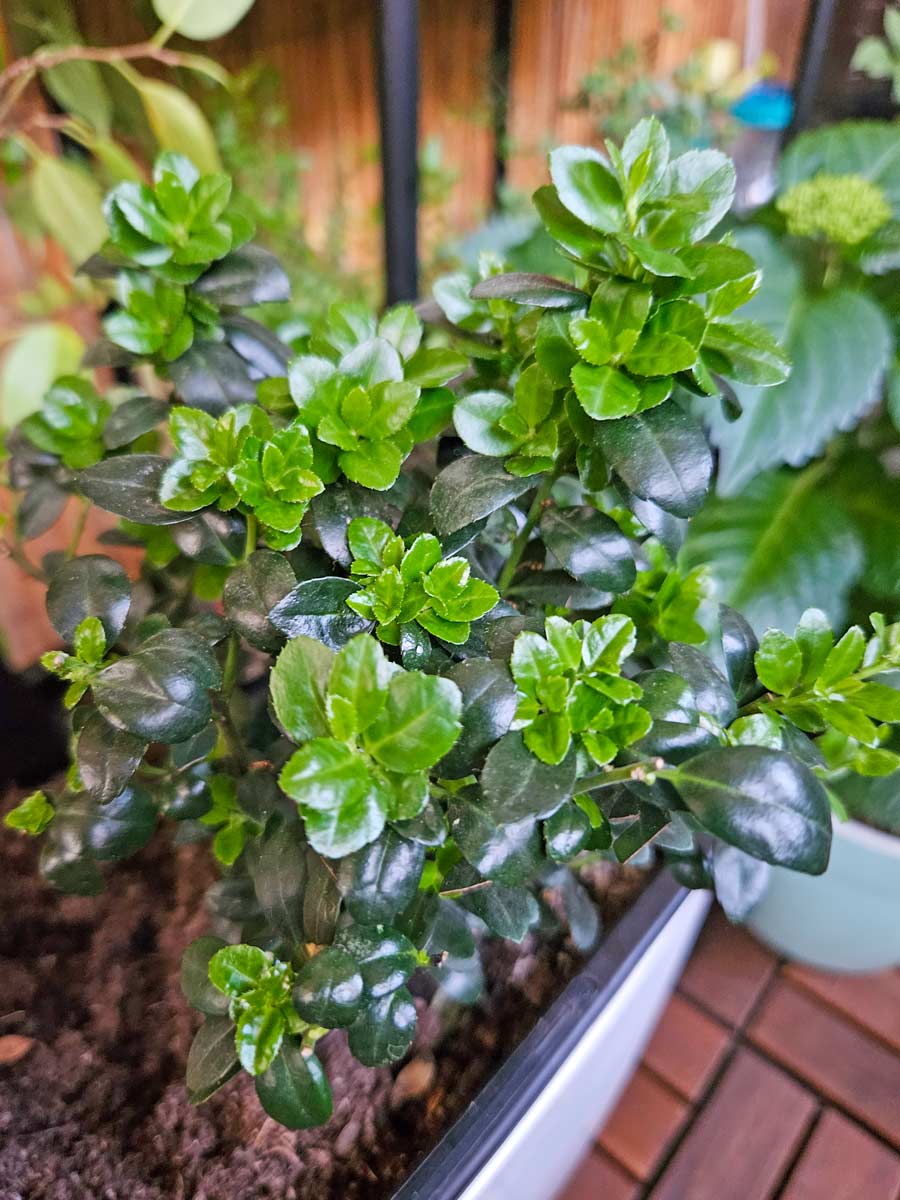
0 English Ivy (Hedera Helix)
I have a variegated English Ivy since I moved into my apartment (so like 7 years) and it does amazing on my north-facing balcony. I have it in a long planter that’s a bit raised from the floor so it barely even receives indirect light if any.
While it didn’t grow at a fast pace (probably because of the container which it filled with rots quite fast), I never had a problem with it, except for some aphids that I’m trying hard to get rid of.
I directed the plant along my exterior wall which is covered by a woven reed screen and it dresses it beautifully.
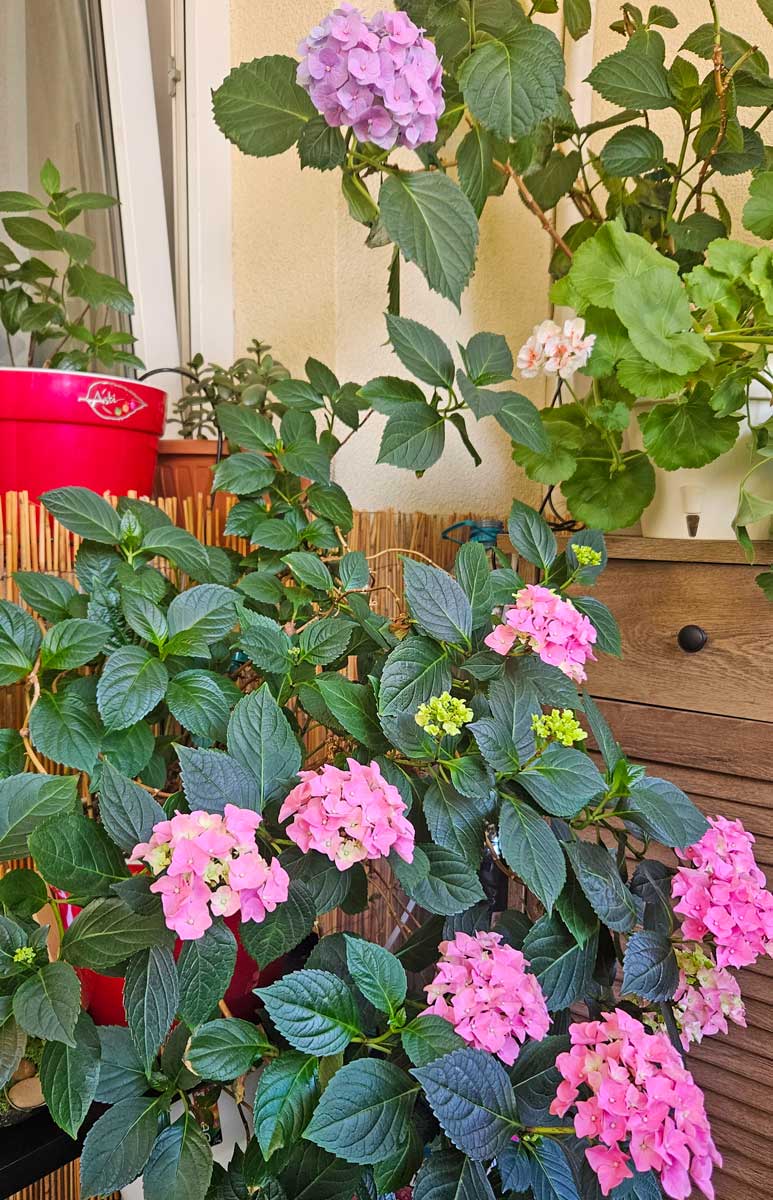
Hydrangeas are some of my favorite flowers and lucky for me they thrive in shaded areas. While more of a garden plant, it can also be grown with success on balconies and terraces given you pick a container that’s big enough.
Just make sure you water them regularly (they usually tell you if you’re late by dropping their leaves but they immediately bounce back after watering) and you’ll be able to enjoy them year after year.
Personally, I have 5 hydrangeas: 3 Macrophylla and 2 Paniculata. I keep them all in the corner of the balcony that receives the least light and they do really well.
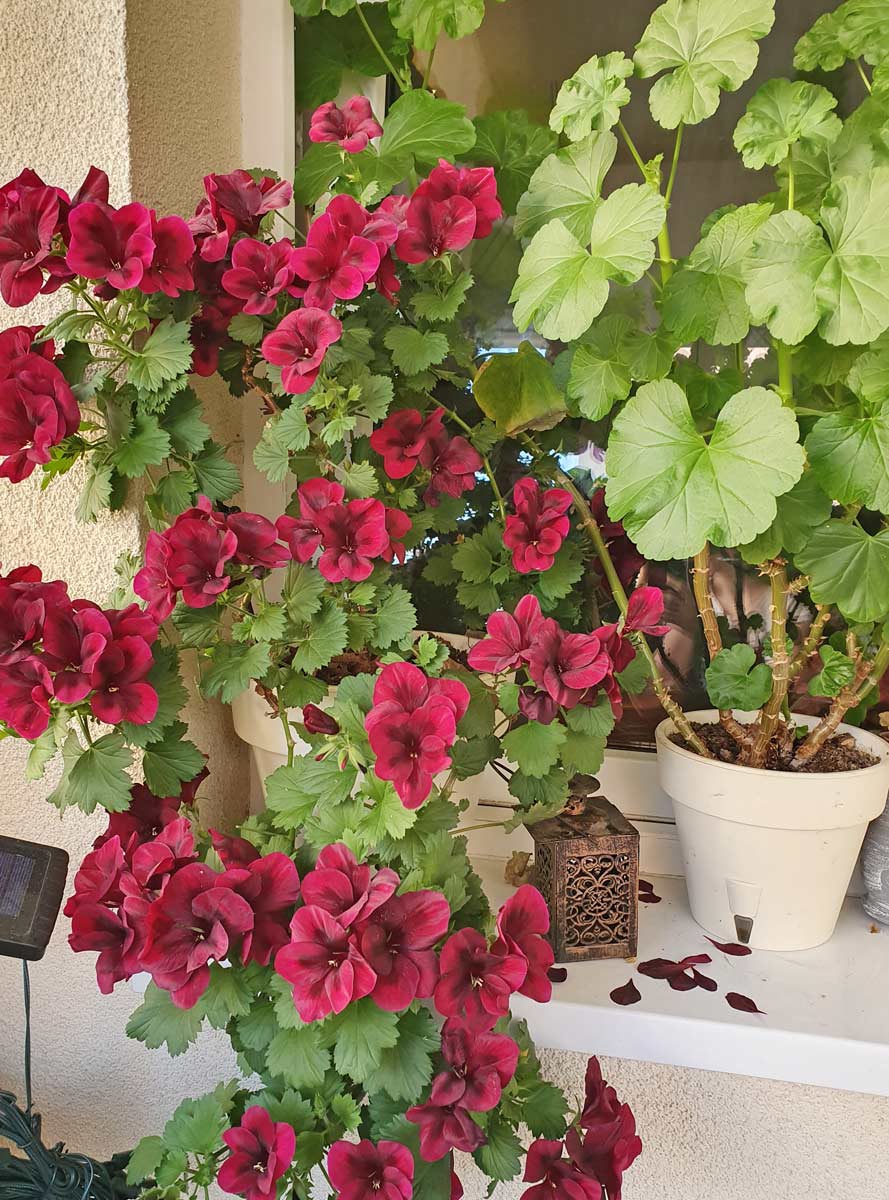
Pelargoniums typically benefit from sunlight exposure and without it, they can get leggy and not flower as much. That’s why I try to keep most of them on the window sill: that way they at least get indirect light.
I have several types of geranium and they all do well given that I don’t place them really far from the window.
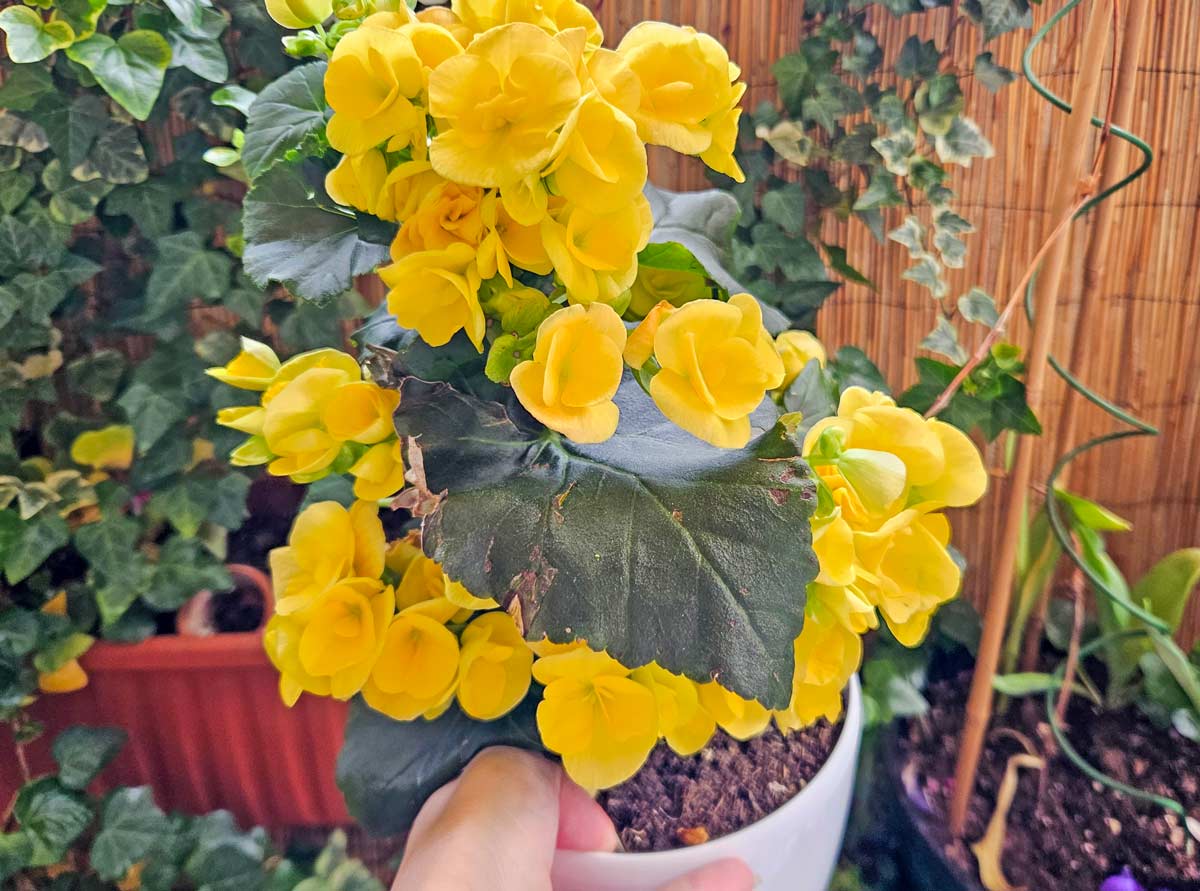
Begonias also do very well on my window sill. They don’t really like direct sunlight (it scorches their leaves) and thrive with both morning/late afternoon sunshine or indirect light (in my case it’s the second).
I also tried placing one on the floor of my balcony where it’s quite shady, but felt it didn’t flower as much as the others.

Fuchsias hate full sun and like to be sheltered, so they are ideal for a north-facing balcony. I had 4 for a few years until a bad whitefly infestation eventually destroyed them (always check your new plants!).
I used to keep them away from the exterior window as the pots were too big for the window sill and they bloomed a lot.
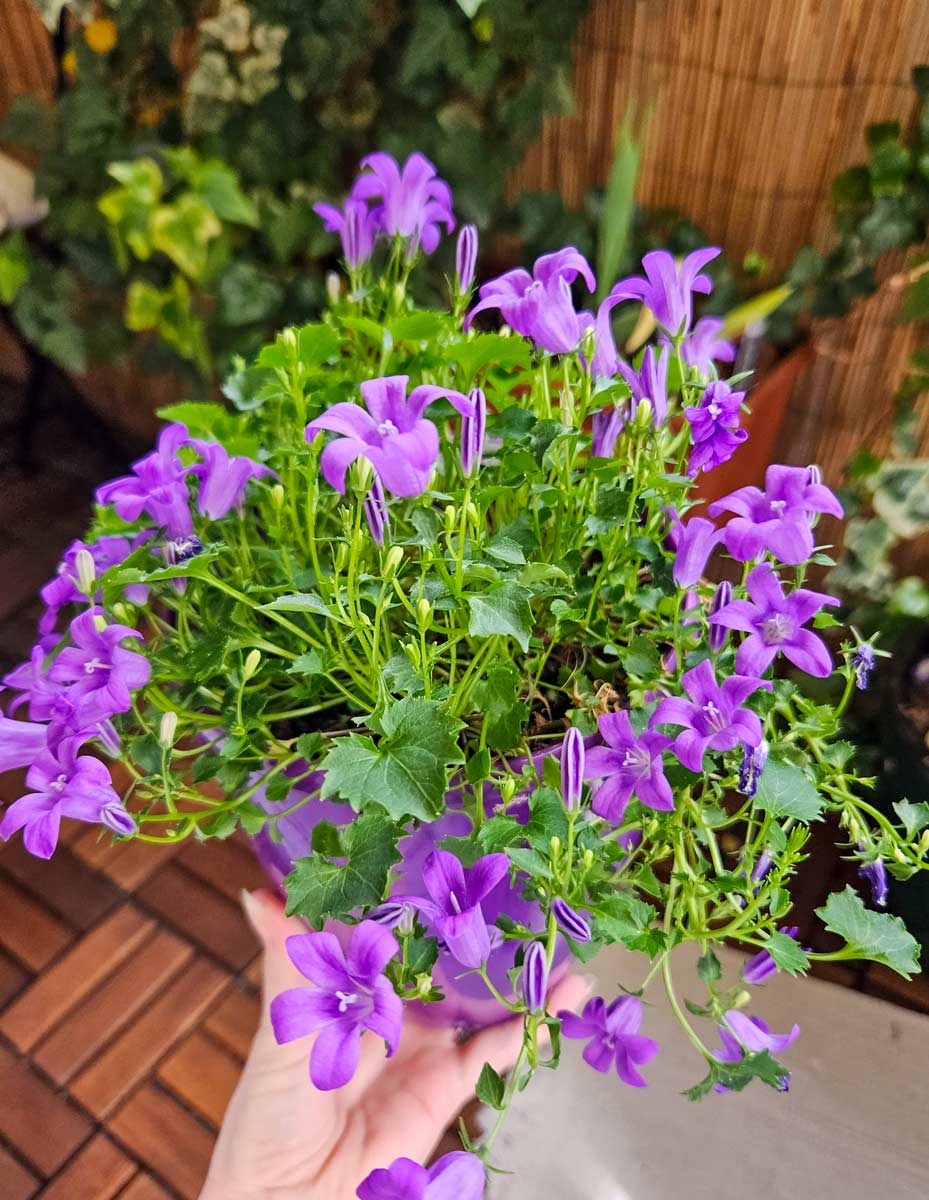
I have 2 different campanulas at the moment and they both seem to thrive, even though my cat ate the leaves of one when I didn’t pay attention – because of how sneaky she can be I always need to check if a plant is toxic for cats before I buy it.
I generally keep them on my window sill: one receives the tiniest bit of sunshine while the other has only indirect sunlight.
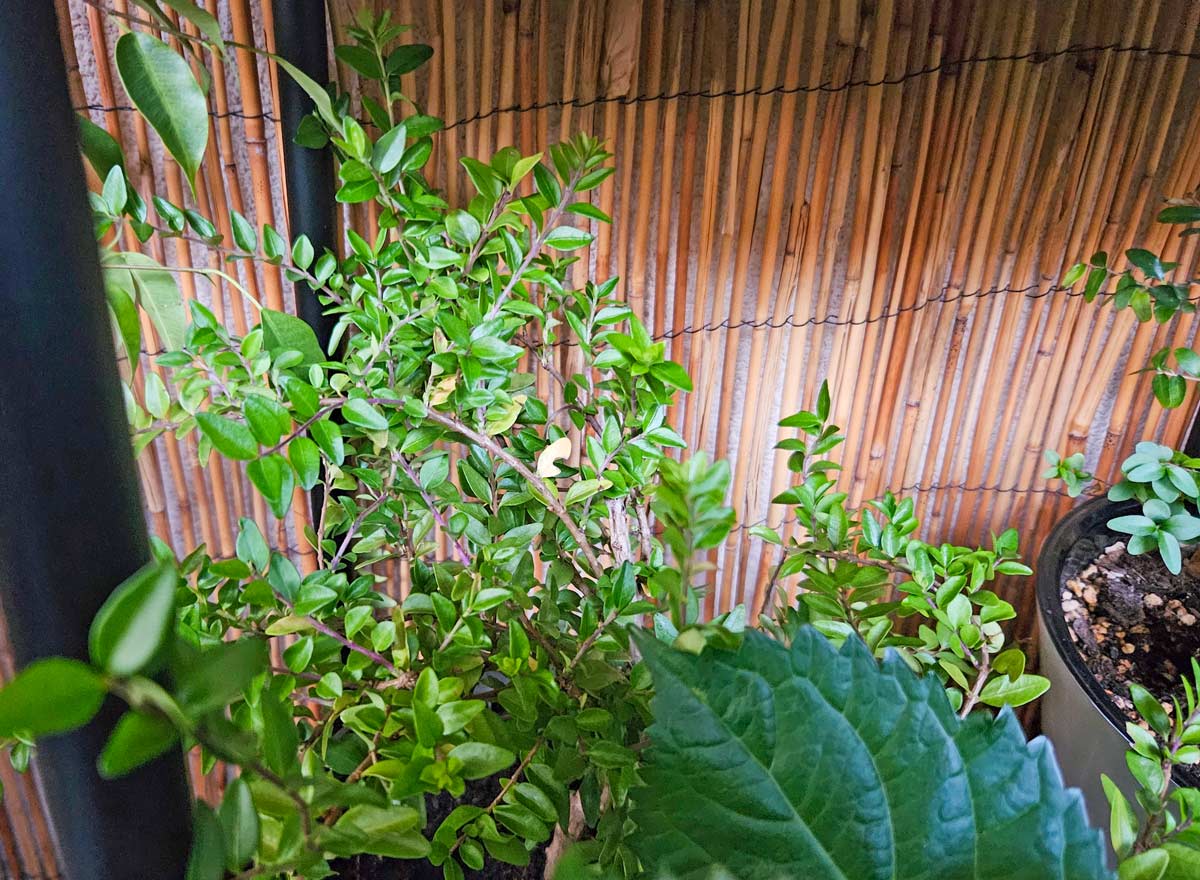
Lonicera Nitida is a fast-growing shrub that’s ideal for hedges as it tolerates pruning very well. It also thrives in a wide range of light conditions including full shade.
I bought it to add a bit of interest to my balcony floor which is extremely shady and because of this, I have a hard time finding plants that actually do well.
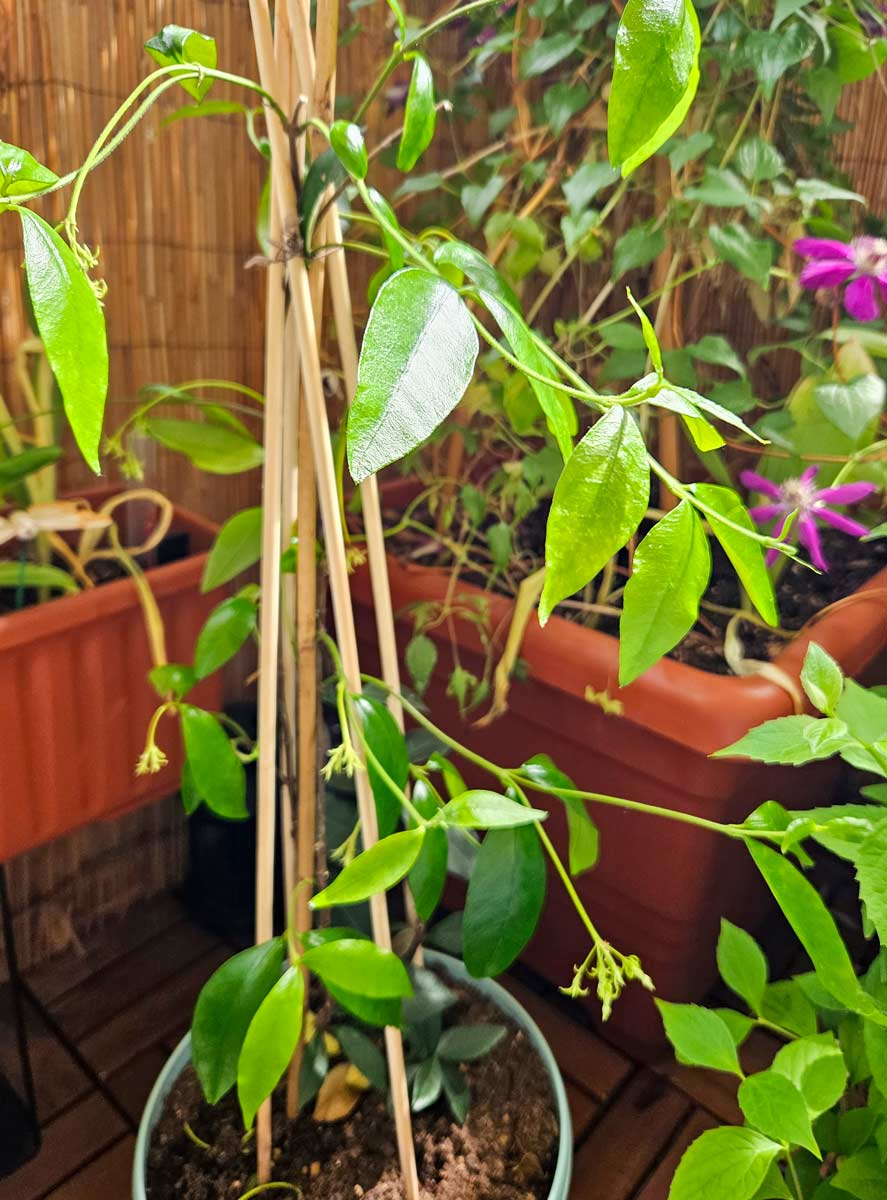
Top 8 Shade Plants That Will Thrive on Your North Facing Wall
FAQ
What is the best plant for the North Wall?
Reliable favourite ivy
Ivies are the ultimate evergreen climbers for cold and also shady walls, and they come in a vast variety. There are some very lovely cultivars with plain green leaves, but it’s the many variegated forms that help brighten dark spaces.
What to put on a north-facing wall?
Green is the ideal colour for north-facing walls, as it represents prosperity, growth, and abundance. It is associated with the element of water, which signifies life and rejuvenation.
What plants are good for north-facing houses?
For a north-facing house, where sunlight is limited, plants that thrive in low-light conditions are ideal. Good choices include Cast Iron Plants, Snake Plants (Sansevieria), ZZ Plants, Peace Lilies, and various ferns, according to houseplant care websites.
What is the best climber for a north-facing wall?
Wall Shrubs
Some good shrubs can be trained to ‘climb’ a North wall. Pyracanthas are excellent and can get pretty tall, as can Photinia Red Robin. Cotoneaster simonsii or Cotoneaster horizontalis are shorter, great for covering up to the first window.
